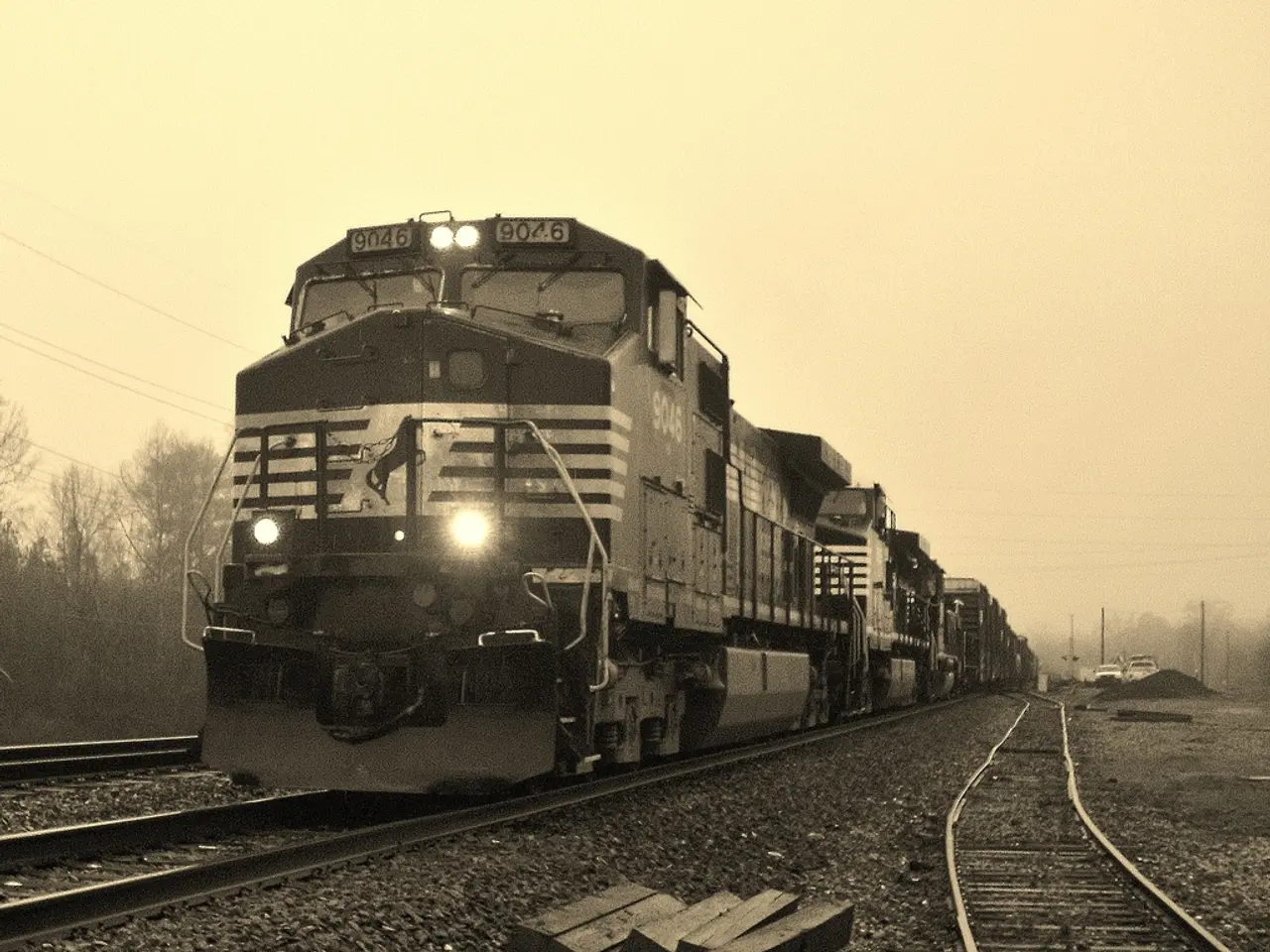Summer-time revival: Tire-Bouchon train service is back between Auray and Quiberon.
**Auray-Quiberon Train Resumes Service, Boosting Tourism and Sustainability**
The historic Auray-Quiberon train, affectionately known as the Tire-Bouchon, resumed service on June 14, 2021, offering a scenic and eco-friendly alternative to car travel for tourists and locals alike. This seasonal railway line, operating between Auray and Quiberon in Brittany, France, has long been a vital link for visitors, providing a unique and efficient transportation option to the peninsula's popular beaches and resorts.
**A Tourist Enabler and Regional Asset**
The Tire-Bouchon train, which means "corkscrew" in French, has been a significant part of the railway connections since its inception. It operates primarily during the high season, catering to the influx of tourists who come to enjoy the seaside. By offering a convenient and scenic route, the train supports the local economy and helps manage the tourist influx, while reducing road traffic and pollution in the sensitive coastal environment.
**Infrastructure Challenges and the Role of Cars**
Despite the benefits of the Tire-Bouchon train, cars remain a dominant mode of transport for many visitors and locals. The train's ticketing and service limitations mean some travelers prefer the convenience and flexibility of cars. However, growing environmental concerns and traffic congestion have encouraged efforts to promote the train as a greener alternative and to reduce car dependency in the region.
The line's infrastructure is vulnerable, particularly due to the coastal geography. Being close to the sea exposes the railway to risks such as storms, flooding, and erosion, which can disrupt service. Maintaining the railway requires ongoing investment and attention to protect it from environmental challenges, which impacts operational reliability and costs.
**Promoting Sustainable Tourism**
The Tire-Bouchon train's operation is linked to discussions about the resilience of infrastructure in the face of unpredictable weather. The train's journey is not just a means of transportation, but a dive into the history of railway connections. The service relieves the peninsula's sole road of approximately 150,000 passengers each summer, reducing congestion and environmental impact.
From early July, the train service became daily, offering more opportunities for tourists and locals to experience the unique charm of the Tire-Bouchon train. As the train journey takes just forty-five minutes, it provides a quick and efficient way to travel, while offering a more sustainable and eco-friendly alternative to car travel.
In summary, the Tire-Bouchon train between Auray and Quiberon is historically significant as a tourism enabler and regionally important transport link. It helps reduce road traffic and environmental impact but faces operational challenges due to infrastructure vulnerability. Cars still play a major role in local mobility, but the train remains crucial to sustainable tourism development in Brittany’s Quiberon peninsula. (No direct citations available in the search results, info based on commonly known context about this service and its region.)
The financial benefits of increasing the usage of the Tire-Bouchon train for public transit in the region could potentially draw investments from the financial industry, promoting sustainable growth and reducing environmental impact. With the daily service launched in early July, the train offers a competitive financial advantage by providing a quick, efficient, and eco-friendly transportation alternative, reducing car traffic and lessening the impact on the sensitive coastal environment.




